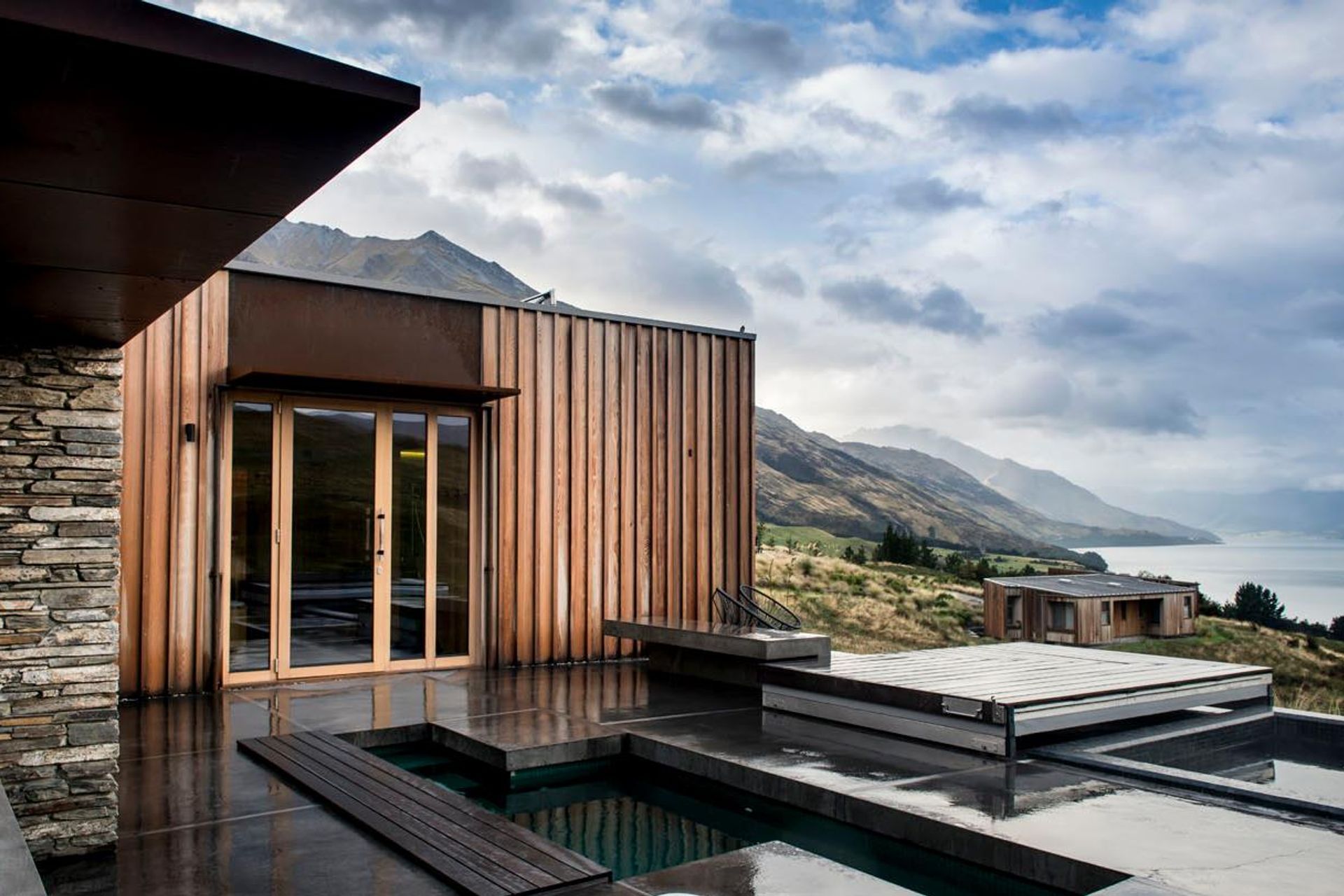What is the most cost effective cladding in New Zealand?
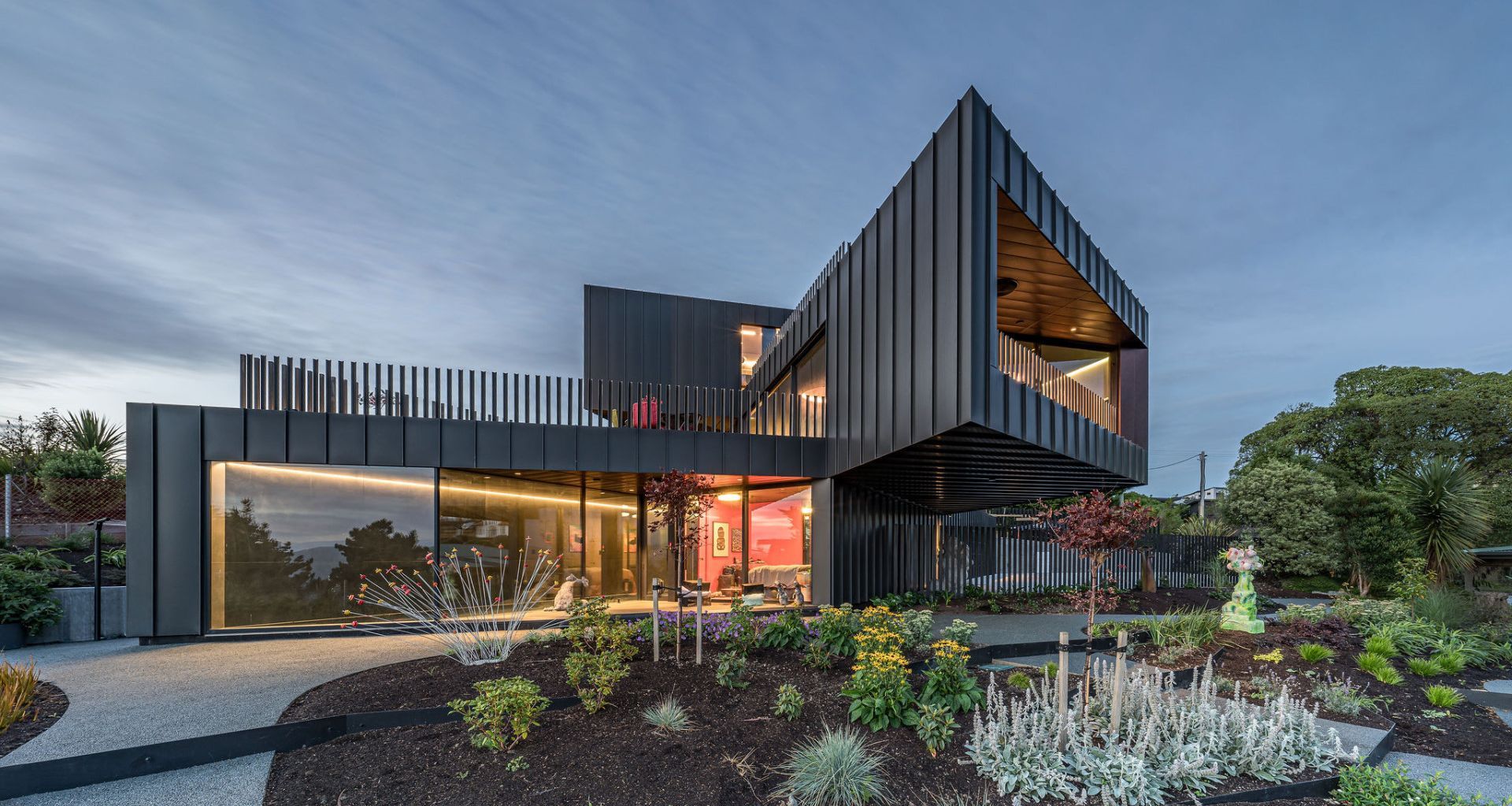
There are many important aspects to consider when looking at your cladding options as part of a new build or renovation project. Budget is high on the list, and much of that is the price you'll pay at the point of purchase. While this initial cost will influence your decision significantly, it's important to understand that the cheapest exterior cladding choice might not necessarily be the most cost-effective option in the long run.
What can I expect to pay for cladding in New Zealand?
The cost of cladding in New Zealand can vary hugely with a range between $50-$400 per square metre. One of the biggest factors that determines cladding costs is the type of material you choose, however, to make an informed decision about its overall cost-effectiveness, you need to also consider the life expectancy of the product as well as the lifetime costs of maintaining it.
1. Timber cladding
Timber cladding is one of the more affordable cladding materials in New Zealand with Pinus Radiata weatherboard cladding coming in at around $70 per square metre with a little bit more for pre-painted options. However, this cost can rise when you opt for something a little more premium like cedar cladding which can be around $180-$300 per square metre.
Life expectancy
The life expectancy of timber cladding can be anywhere between 25 to 50 years when properly maintained but can be even longer. Diligent maintenance is key to good longevity when it comes to
Lifetime costs
Timber cladding requires painting every 5 to 10 years depending on the local climate of your home. Those in coastal locations where the homes are exposed to salt sea spray and those that experience extreme summers and winters are closer to the 5 year mark of this range compared to homes where the conditions are milder.
The cost of a professional house painter will come to around $120 per square metre. However, if you are able and prepared to do this yourself, you'll just need to pay for the cost of paint, which is around $7.10 per square metre according to Resene.
Related article: The advantages and disadvantages of timber cladding

2. Brick cladding
Brick is a timeless, safe and sought-after cladding solution. It is low maintenance and has one of, if not the highest levels of durability of any of the cladding types, making it incredibly cost-effective throughout its lifetime.
The price of bricks is generally $50-$150 per square metre (often charged per brick) though there are options that are significantly more expensive too depending on what you're going for.
Life expectancy
Brick cladding can last upwards of 100 years when properly maintained. This makes it one of the more durable cladding materials available in New Zealand.
Lifetime costs
The lifetime cost of bricks is typically fairly low. Most homeowners will clean their brick exteriors once or twice a year to remove grime and preserve their appearance. Other than that you may have to do some repointing if the mortar deteriorates. However, these lifetime costs go up significantly if you choose to paint them, like one has to with timber weatherboards, so it's worth thinking about before deciding to.
Related article: The art of brick selection — A definitive guide for Kiwi homes
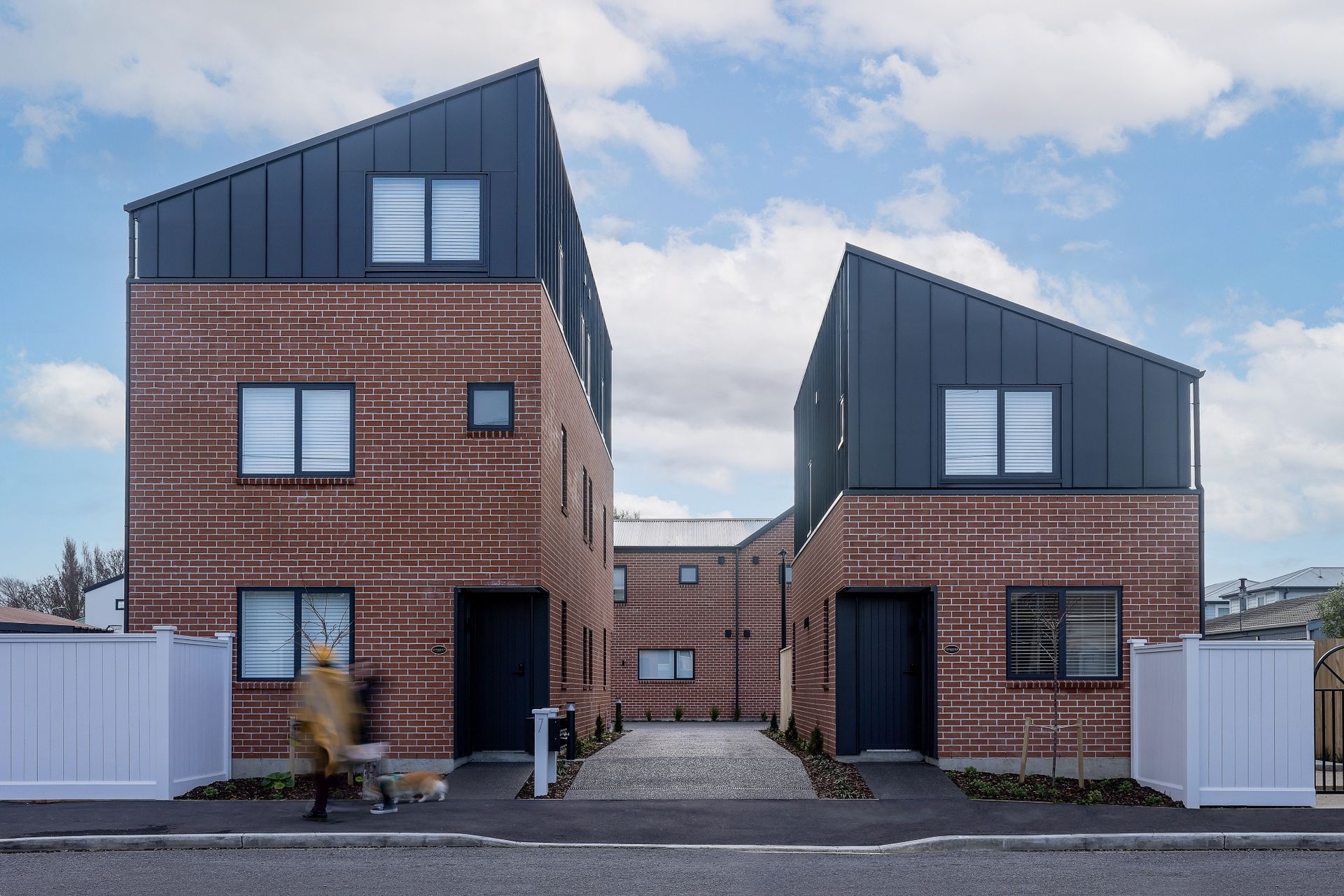
3. Aluminium cladding
Aluminium is highly durable, corrosion resistant, about a third of the weight of steel – and completely recyclable making it a popular choice of metal cladding in New Zealand. It typically comes in large wall panels requiring fewer joints, generating efficiencies in installation.
A particularly flexible metal, aluminium can provide for modern and individual design, and is often chosen by leading architects for this reason. Aluminium is therefore an effective cladding both in terms of whole-of-life value for money – and visual appeal. It is one of the more expensive cladding options, however, costing over $400 per square metre in most cases.
Life expectancy
Aluminium cladding can last several decades, often 30 years or more. Its durability and resistance to corrosion make it a popular choice for building exteriors, especially for coastal properties in New Zealand.
Lifetime costs
Aluminium is another relatively low-maintenance cladding solution, generally requiring no more than cleaning with gentle detergent every year or so. If significant damage does occur, it can be fairly costly, as you'll likely need to replace the panel precisely, but it is fairly durable so doesn't often happen.
Related article: The pros and cons of metal cladding for New Zealand homes

4. Fibre cement cladding
Fibre cement cladding is a durable and versatile building material made from a composite of cement, sand, and cellulose fibres. It is highly resistant to fire, water damage, and insect infestation and is another low-maintenance choice.
There can be quite a wide range in pricing for this cladding material, starting anywhere from $50-$350 per square metre. This is due to several factors that relate to brand and quality as well as thickness, texture and aesthetic appeal.
Life expectancy
Fibre cement weatherboards have an expected minimum lifespan of around 50 years but can last longer with care.
Lifetime costs
Most people will paint their fibre cement cladding every 10 years or so which means there'll be the standard associated costs related to that. Some fibre cement options, however, come specially painted and won't require this.
Browse a great range of quality fibre cement cladding on ArchiPro

5. Vinyl cladding
Vinyl cladding is a versatile, durable and low-maintenance material, making it a compelling choice when it comes to cost-effective cladding. Lightweight in nature, it is extremely fast to install, requiring less scaffolding and no further finishing on site.
Vinyl cladding can be purchased from around $60-$160 per square metre. It doesn't have as much visual allure as other materials for some, which is a factor to consider if you are planning on selling your property in the future.
Lifetime expectancy
Vinyl cladding can last anywhere from 30 to 50 years in New Zealand, assuming proper installation and maintenance. This is largely thanks to its resistance to pests and rot.
Lifetime costs
The lifetime costs of vinyl cladding are relatively low beyond the regular cleaning that is required for nearly all cladding options. Like aluminium, it can be complicated to replace significant damage, but again it is a fairly durable solution so the chances of this are slim.

6. Composite cladding
Composite cladding is a durable and low-maintenance building material that combines the best qualities of wood and plastic. You'll find it in New Zealand for around $250-$350 per square metre.
It is a great choice for New Zealand homes due to its resistance to rot, insect damage, and harsh weather conditions. Composite cladding is also fire-resistant and requires minimal painting or staining, making it a cost-effective and time-saving solution. Additionally, it offers a wide range of styles and finishes, allowing homeowners to achieve the desired aesthetic appeal for their homes.
Lifetime expectancy
Composite cladding can last decades in most locations in New Zealand and the best products have warranties for 10-20 years.
Lifetime costs
The lifetime costs for composite cladding are minimal, especially when buying from a reputable cladding supplier. They are fully waterproof, easy to clean, and UV resistant which means they shouldn't fade easily.
Discover a fantastic selection of composite cladding solutions on ArchiPro
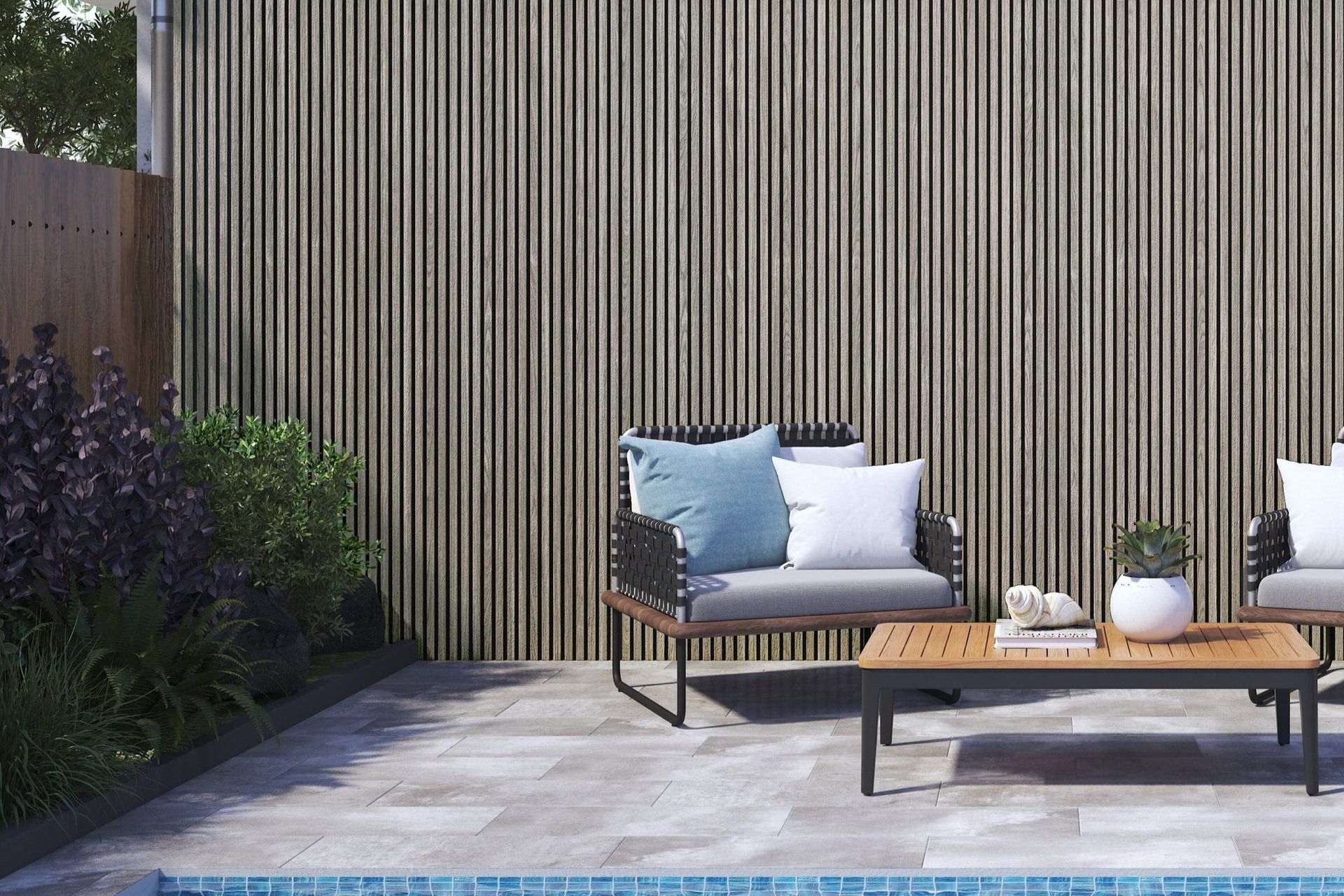
7. Stone cladding
There are several types of natural stone cladding materials available in New Zealand including limestone, schist, granite and sandstone. The cost of these can vary on a whole range of factors, most significantly the type.
For example, limestone can start from around $50-$105 per square metre. For schist, on the other hand, you are probably looking at pricing from about $200 per square metre. You also have to factor in freight and labour when it comes to stone cladding as this can be significantly more than alternatives due to its weight and size. Installation for natural stone can cost between $130-$250 per square metre.
Life expectancy
Natural stone can last centuries, well over 100 years, evidenced by heritage buildings seen all over the world. It has a natural permanence that few can match.
Lifetime costs
Stone is formidable which helps keep maintenance costs low. The main thing you'll need to do is clean it with a mould killer and apply a water-repellent sealer every 7 years or so.
Related article: Stone cladding — pros and cons, types, costs and more

8. Plaster cladding
Plaster cladding took a big reputational hit with the ‘leaky building’ crisis but with strong design, flashing details and robust maintenance regimes, plaster-clad solutions can be more than effective. The broad term ‘plaster cladding’ actually includes three quite different systems — Stucco, EIFS (Exterior Insulated Finishing System) and fibre cement sheets and will generally cost between $120-$250 per square metre.
Stucco, the oldest of the three, provides a solid and extremely durable exterior to a home. EIFS, is known for its durability, design flexibility and high energy efficiency. Meanwhile, fibre cement sheets have many impressive qualities including a long lifespan, heat and fire resistance, resistance to warping and rotting and being largely weather resistant.
Life expectancy
Plaster cladding can last decades but, as referenced in the leaky building crisis, professional installation is key. It's imperative that you contact a qualified building professional to ensure that the system is properly designed, installed, and maintained.
Lifetime costs
There is a bit of upkeep required for plaster cladding which includes repainting, resealing and the timely resolving of repairs as they occur. While these are all entirely manageable with similar costs described above, failure to do so can have significant repercussions so one needs to be vigilant.
Find the perfect render plaster system for your next project on ArchiPro

9. Steel cladding
Steel cladding, which many people refer to as COLORSTEEL® as its most common incarnation, is popularly used as a roofing solution but can often be used as exterior wall cladding too. It's made from high-quality steel that's coated with a protective layer, making it highly resistant to corrosion, fading, and extreme weather conditions.
It is available in a range of colours and profiles, starting at around $200 per square metre for standard profiles, and peaking at around $400 per square metre for more architectural profiles.
Lifetime expectancy: COLORSTEEL® products can last decades in New Zealand and are backed with warranties of up to 50 years.
Lifetime costs: As a robust form of metal cladding, COLORSTEEL® cladding rarely requires major repairs. Any minor damage, like scratches or dents, can usually be easily repaired.
Related article: The pros and cons of different types of cladding in New Zealand
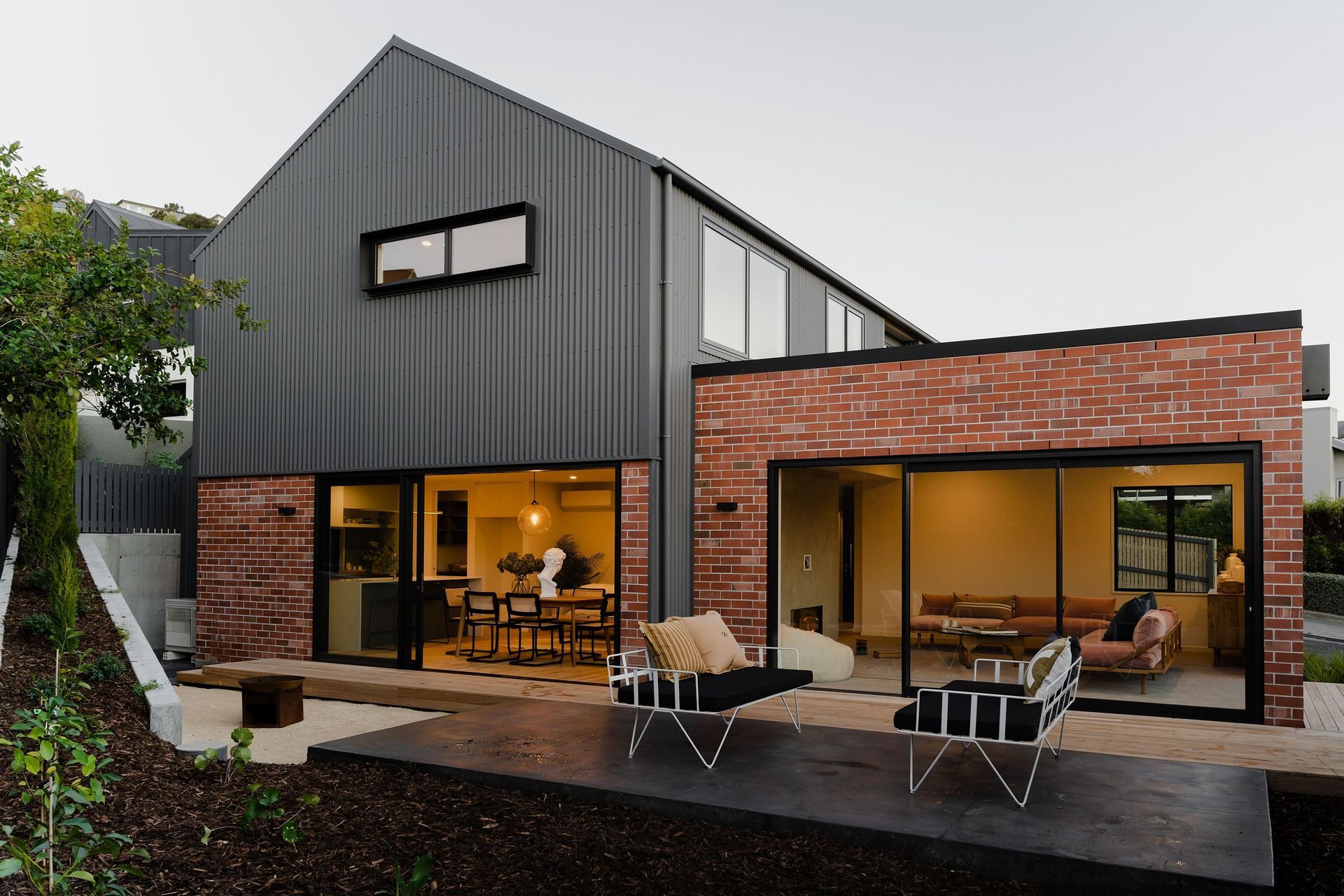
Understanding the cost effectiveness of different cladding materials
Having covered the most common cladding materials in the country, you now have the basic understanding you need to determine what the most cost effective solution for you might be. As you would have noted, there can be quite a range even within cladding types so be sure to commit some time to looking at all your options before making that fateful and final decision.
Browse an extensive range of high-quality cladding products on ArchiPro
(This article was updated on the 14th November 2024)

